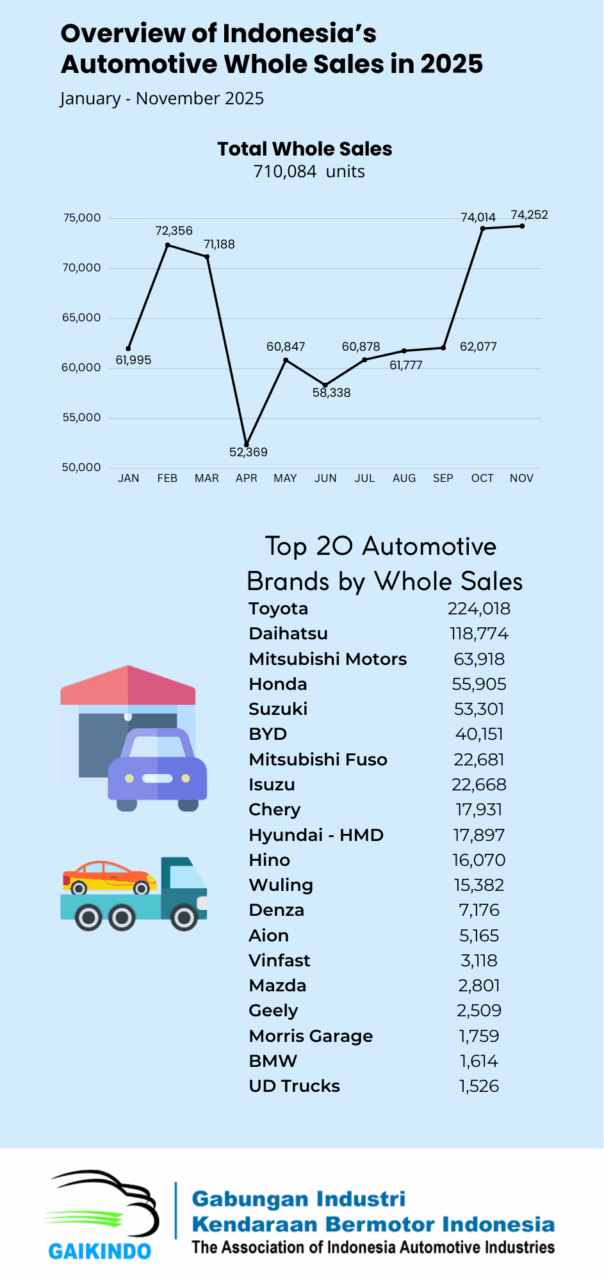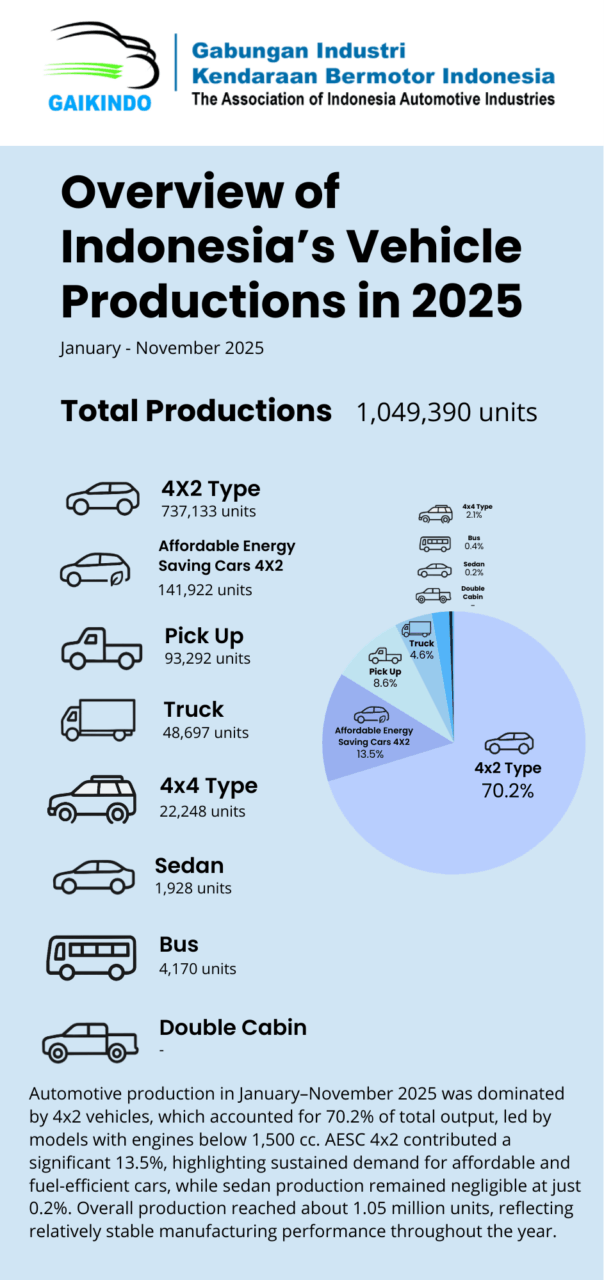
JAKARTA— Minister of Industry Airlangga Hartanto is optimistic to restore the rise of national industry which will begin in 2017. “I am mandated by the President to regain industrial sector contribution to the economy of Indonesia,” said the Minister.
This hope requires a strong commitment from upstream to downstream stakeholders, policy makers, to industry players. He delivered it when he became a key speaker in the Focus Group Discussion on Industry Options of Economic Committee and the National Industry (KEIN) in Indonesia Industrialization Strategic Framework 2045 in Bogor.
Airlangga’s confidence is boosted by the efforts and government’s policies namely, among others, to create a conducive business climate, to deregulate, to issue a package of economic policy, infrastructure development and industrial gas price reduction.
“If all that goes well, we can reach the target with some 5.4 percent industrial growth, above the economic growth next year,” said Airlangga.
Meanwhile, the industrial growth in 2016 is projected to reach 4.8 to 5.2 percent. “The target of economic growth in 2017 is around 5.2 percent and 2018 by seven per cent, while investments in 2017 is hoped to reach IDR 600 trillion and by 2018 as much as IDR 800 trillion,” he said.
In the National Industrial Development Master Plan (RIPIN) 2015-2035 which includes the vision and mission and strategy of industrial development, the government has some quantitative targets of industrial development gradually until 2035.
The goals include non-oil industrial sector growth of 10.5 percent, non-oil industry’s contribution to GDP to 30 percent, as well as the contribution of exports to total exports of industrial products increased from 78.4 in 2015 positions, which reached 70 percent.
To achieve these goals, according to the Head of Research and Development (ARDI) of the Ministry of Industry Haris Munandar, there are strategic steps to be divided into three stages.
First, the period 2015-2019 focuses on increasing the added value and optimizes the abundant natural resources in the country through the downstream industries. “The direction in agro-based industries upstream, mineral and oil and gas, followed by the development of supporting industries and mainstay selectively,” he said.
The second phase, the period 2020-2024 focuses on being competitive and environmentally-friendly enterprises. This effort will be taken by strengthening the industrial and technological mastery, supported by quality human resources.
The third phase in 2025-2035 will make Indonesia as a strong industrial state, characterized by a strong national industrial structure and deep, highly competitive at the global level, as well as innovation and technology-based.
According to Haris, such programs and policies were set in the efforts to develop priority industry, particularly the labor-intensive and export-oriented sectors. “Such as food and beverages, textiles and textile products, footwear, and electronics and telematics, which can give the highest contribution to the GDP and employs many workers,” he said.
The industrial construction in the future will be focused on the 11 groups, the food industry, pharmaceutical industry, cosmetics and medical devices, textiles, leather, footwear and miscellaneous, industrial transportation, industrial electronics and telecommunications (ICT).
In addition, the energy generation industry, capital goods industry, components, auxiliary materials and services industry, agro upstream industry, basic metal and nonmetal minerals, basic chemical industries based on oil and gas and coal, as well as small and medium industrial sector of the creative crafts. (*)
Editor: B Kunto Wibisono
COPYRIGHT © ANTARA 2016









